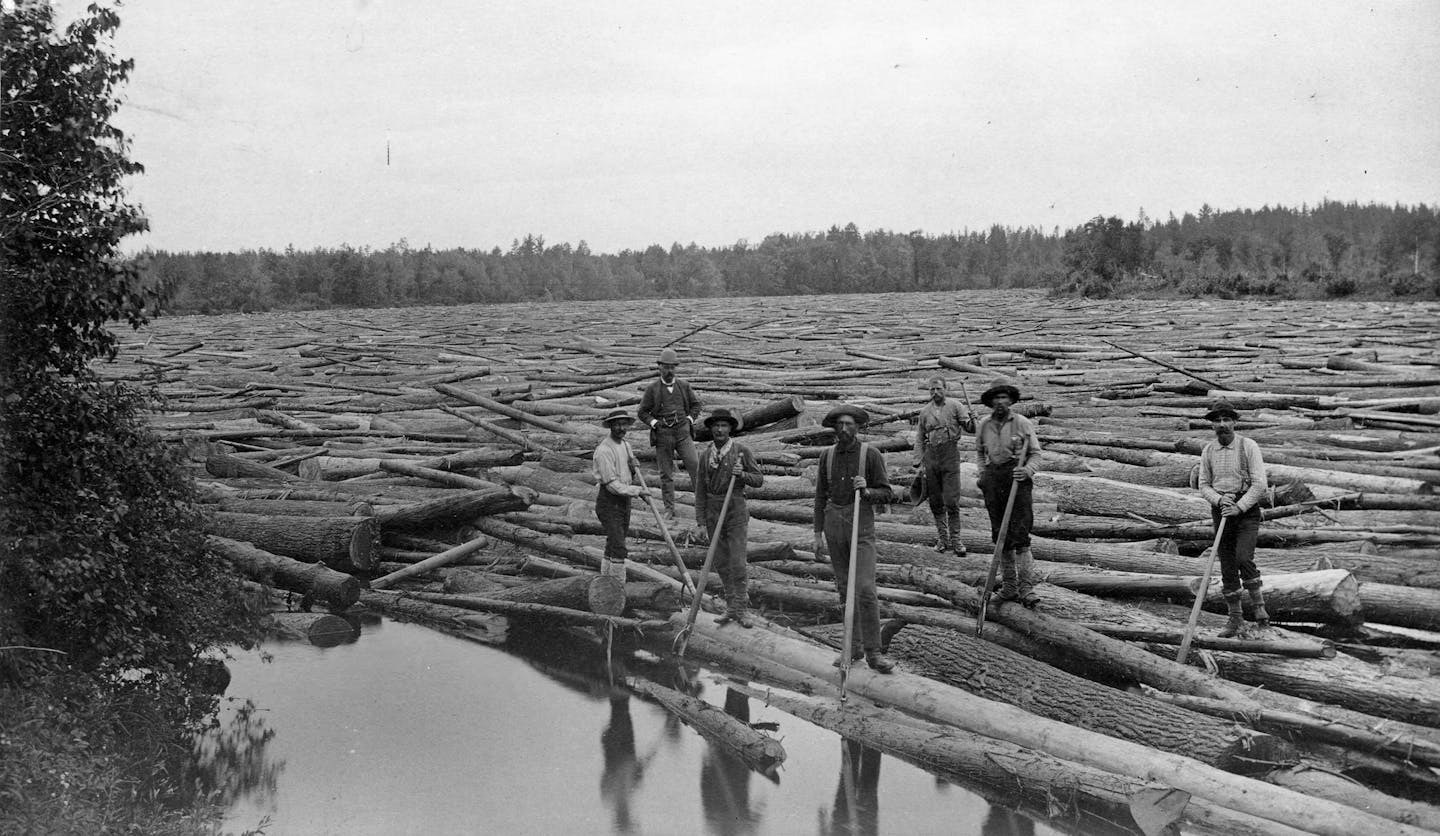Secrets Of Minnesota’s Lost Logging River Towns

Have you ever wondered about the hidden stories behind Minnesota's lost logging river towns? These once-bustling communities played a crucial role in the state's history. During the 19th century, loggers floated timber down rivers like the Mississippi and St. Croix, creating vibrant towns along the way. Today, many of these places have faded into obscurity, but their legacy remains. Exploring these forgotten towns offers a glimpse into Minnesota's past, revealing tales of hard work, resilience, and community spirit. Whether you're a history buff or just curious, uncovering the secrets of these lost river towns can be a fascinating journey through time.
Secrets of Minnesota's Lost Logging River Towns
Minnesota's history is rich with tales of bustling logging towns that once thrived along its rivers. These towns, now mostly forgotten, played a crucial role in the state's development. Let's take a journey through some of these fascinating places.
Hidden Gems Along the Mississippi River
The Mississippi River was the lifeblood of many logging towns. These towns flourished during the logging boom, only to fade away as the industry declined.
Wabasha
Wabasha, one of the oldest towns in Minnesota, was a key player in the logging industry. Its strategic location along the Mississippi made it a hub for transporting logs downstream.Winona
Winona's rich history includes a period when it was a major logging center. The town's riverfront saw countless logs floating by, destined for sawmills and markets.Red Wing
Known today for its pottery and shoes, Red Wing was once a bustling logging town. The Mississippi River provided the perfect route for moving timber to larger markets.
Forgotten Towns of the St. Croix River
The St. Croix River was another vital artery for Minnesota's logging industry. Several towns along its banks saw their fortunes rise and fall with the timber trade.
Stillwater
Often called the birthplace of Minnesota, Stillwater was a logging powerhouse. The town's sawmills processed vast amounts of timber, fueling the state's growth.Marine on St. Croix
This small town played a significant role in the early logging days. Marine on St. Croix's sawmill was one of the first in the state, marking the beginning of Minnesota's logging era.Taylors Falls
Taylors Falls, with its picturesque setting, was once a thriving logging town. The river's rapids provided the power needed to run the sawmills, making it a key player in the industry.
Lesser-Known Logging Towns on the Minnesota River
While the Mississippi and St. Croix rivers are well-known, the Minnesota River also hosted several important logging towns. These towns may not be as famous, but their contributions were significant.
Mankato
Mankato's location made it a prime spot for logging activities. The town's sawmills processed timber from the surrounding forests, supporting the local economy.New Ulm
New Ulm, known for its German heritage, also has a logging past. The Minnesota River facilitated the transport of logs, helping the town's sawmills thrive.Granite Falls
Granite Falls, with its rocky terrain, was a unique logging town. The river's flow allowed for easy movement of timber, making it an essential part of the logging network.
Echoes of the Past in Northern Minnesota
Northern Minnesota's dense forests were a goldmine for loggers. Several towns in this region rose to prominence during the logging boom, only to fade away as the forests were depleted.
Bemidji
Bemidji, surrounded by forests, was a logging hotspot. The town's proximity to the Mississippi headwaters made it a key location for the timber industry.Grand Rapids
Grand Rapids' name reflects its logging heritage. The town's sawmills and logging camps were vital to the region's economy, shaping its development.International Falls
International Falls, near the Canadian border, was a major logging center. The town's location on the Rainy River made it an ideal spot for transporting timber.
Minnesota's lost logging river towns hold a special place in the state's history. Their stories remind us of a time when the rivers were highways of commerce, and the forests were teeming with opportunity.
Discover Minnesota's Hidden Gems
Minnesota's lost logging river towns offer a unique glimpse into the past. These hidden gems, like Stillwater, Aitkin, and Little Falls, tell stories of a bygone era. Exploring these towns, you’ll find historic buildings, scenic river views, and rich local culture. Each town has its own charm, from Stillwater’s antique shops to Aitkin’s outdoor adventures. Little Falls boasts the Charles A. Lindbergh Historic Site, adding a touch of aviation history.
Visiting these towns is more than just a trip; it's a journey through time. You’ll uncover the legacy of the logging industry and the communities that thrived because of it. Whether you’re a history buff, nature lover, or just looking for a unique getaway, Minnesota’s lost logging river towns have something special to offer. Pack your bags and set out to explore these fascinating destinations.

